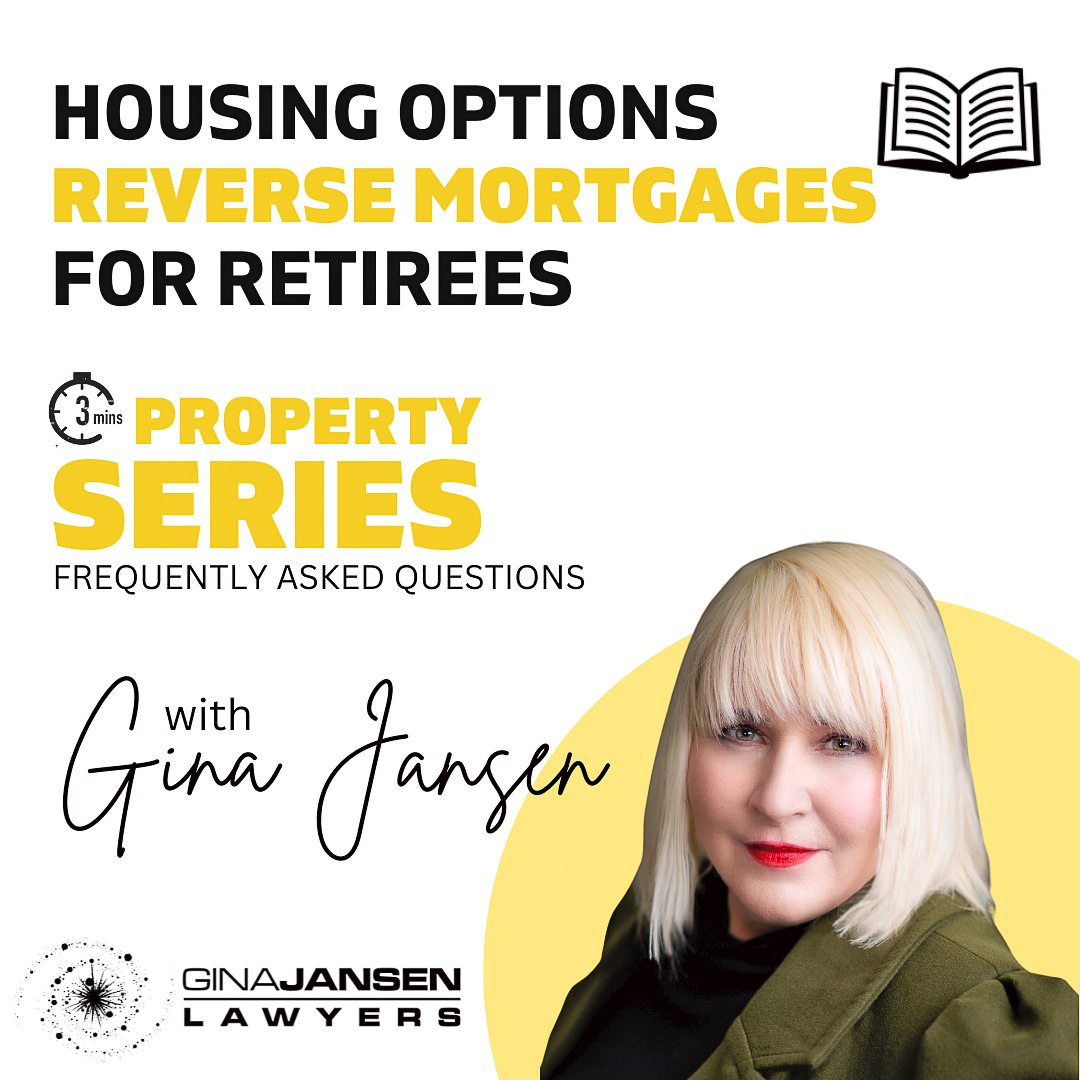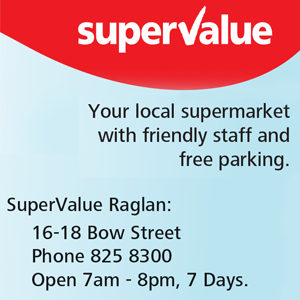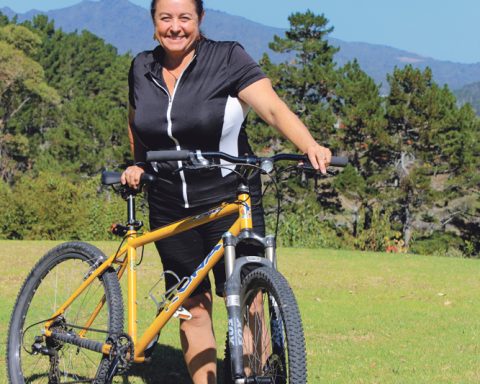Reverse mortgages provide a unique opportunity for New Zealanders nearing retirement age to access the equity in their home.
A reverse mortgage is a loan borrowed against part of the value of a property by people of retiree age, with no repayments until the house is sold, or the owner(s) pass away. Traditional home loans are a lump sum lent to a borrower to purchase a property, which is paid back over time, slowly reducing the principal sum and interest accrued. Conversely, reverse mortgages add the interest to the principal amount with no repayments until the borrower(s) sell the property or pass away.
How does a Reverse Mortgage Work?
Retirement can put pressure on the finances of retiree-aged New Zealanders to the point of being mortgage-free, but cash poor. A reverse mortgage works by a financial lending institution valuing the property and providing a loan of up to approximately 40% of the valuation, as determined by the lender. Eligibility criteria for a reverse mortgage, the amount of available lending, repayment terms and specific terms and conditions are unique to each application and lender. The main eligibility criterion is age – applicants must be at least 60, or more, and the home must be mortgage-free or almost paid off. Reverse mortgage loans can be paid to borrowers as either a lump sum or in regular instalments.
What are the Benefits of a Reverse Mortgage?
The loan can be spent on anything, for example, holidays, cars, property maintenance and renovations, healthcare, or as a regular income top-up. However, reverse mortgages are a long-term form of borrowing and can end up being a more costly way of financing for smaller amounts. If well planned, a reverse mortgage can supplement a pay packet or provide more income than what superannuation offers. If house prices increase over the time of a reverse mortgage, the loss in equity may even be reduced. In most instances, loan providers guarantee that a borrower will not go into negative equity, meaning a borrower or their estate will not be chased to pay any difference.
How Much Can I Borrow?
Depending on age, borrowers can apply to borrow from 15% to 40% of the current value of their property. As borrowing is dependent on many factors, financial advice should be sought from a registered and trusted mortgage adviser, or the lender directly, who will explain the benefits and disadvantages of a reverse mortgage and provide financial advice.
What are the Disadvantages of a Reverse Mortgage?
There are eligibility limitations, and the interest rates and fees are usually higher than those for traditional home loans, so there are risks and drawbacks that should be considered. Many lenders will not offer reverse mortgages on farms or lifestyle blocks. The loan agreement may require the loan to be repaid before travelling long-term or moving into aged care. The full effect of fees and compounding interest may limit the remaining equity if a person later wants to move into a retirement home, so planning and getting advice from your team of professionals is essential.
Got questions?
Feel free to connect with us by email or via our website at www.ginajansen.co.nz.











